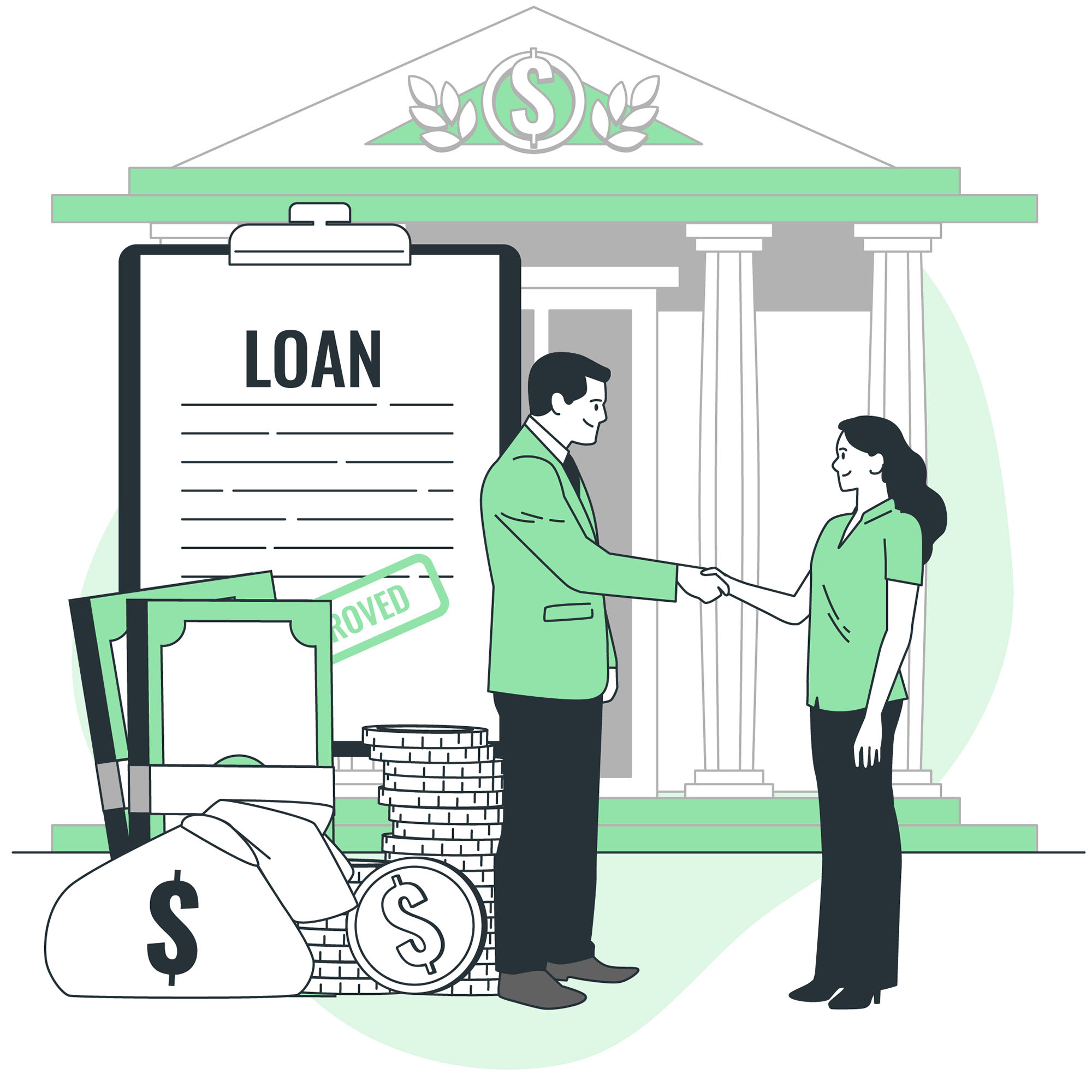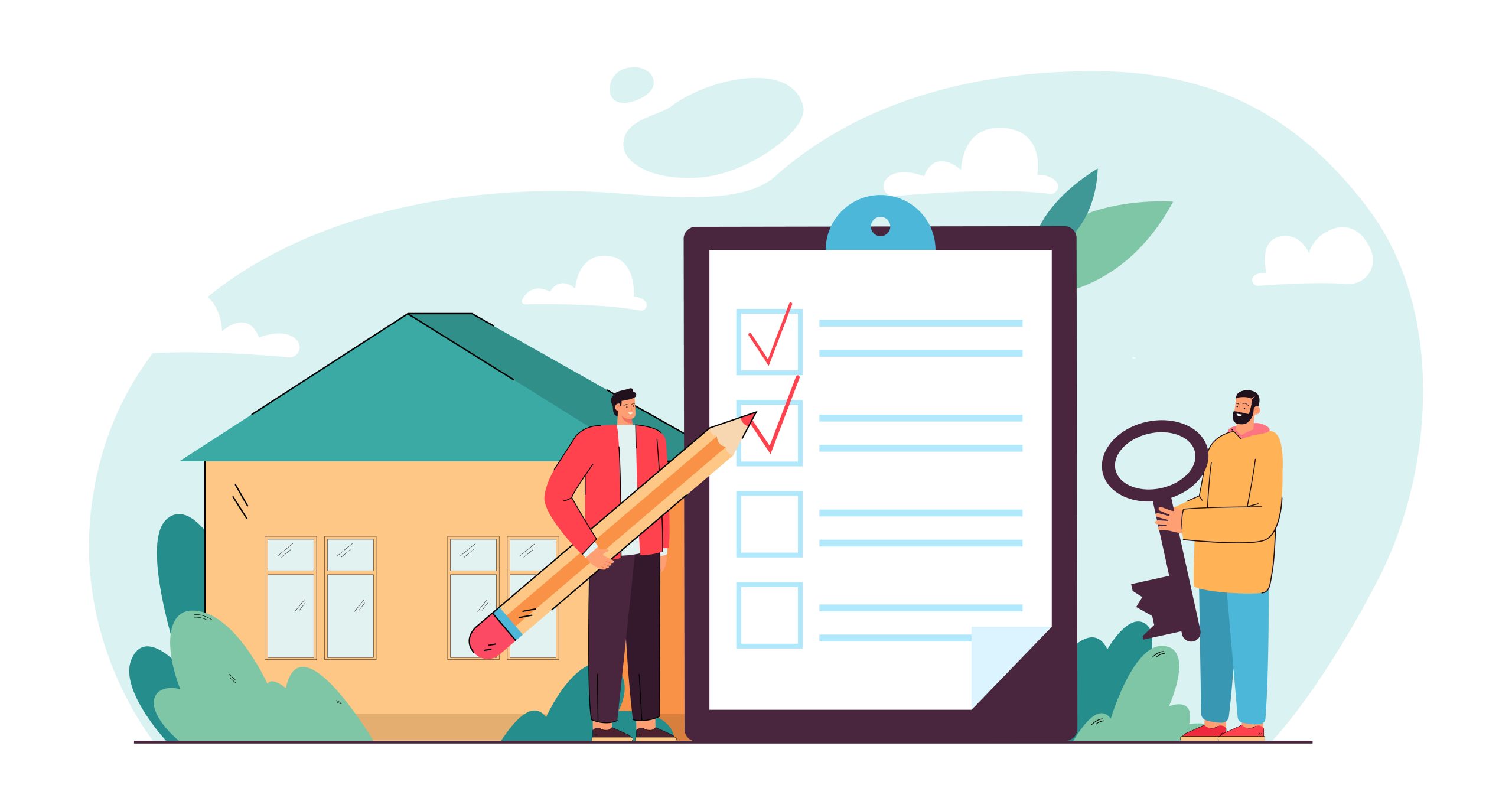If you’re like most students, the idea of taking out a loan to fund your education feels like stepping into the unknown. But don’t worry – you’re not alone in this journey! Student loans are a reality for millions of people, and understanding how they work can make the process less daunting. With some strategic planning, you can make informed decisions, manage your loans wisely, and even pay them off faster than you thought possible.
In this comprehensive guide, we’ll dive into everything you need to know about student loans, from the types available to strategies for repayment. Whether you’re just starting college, in the middle of your degree, or getting ready to graduate, you’ll find actionable tips that can help you stay on top of your financial game.
Understanding the Basics of Student Loans
Before diving into the nitty-gritty, it’s important to understand what student loans are and how they differ from other types of debt. Student loans are designed to help students cover the cost of their education, including tuition, room and board, books, and other expenses. What makes them unique is that they often have lower interest rates than other types of loans, and repayment terms are typically more flexible.
- Federal vs. Private Student Loans: The two primary types of student loans are federal and private. Federal loans are offered by the government, while private loans come from banks, credit unions, or other financial institutions. Federal loans often have better terms, such as fixed interest rates and income-driven repayment plans.
- Subsidized vs. Unsubsidized Loans: If you qualify for federal loans, you’ll encounter both subsidized and unsubsidized options. With subsidized loans, the government pays the interest while you’re in school. Unsubsidized loans, on the other hand, accumulate interest while you’re studying.
- Direct PLUS Loans: These loans are available to graduate students and parents of undergraduate students. They have higher interest rates than other federal loans and require a credit check.
Applying for Student Loans: A Step-by-Step Guide
So how do you get a student loan? Here’s a quick rundown of the application process:
- Fill out the FAFSA: The first step in applying for federal student loans is completing the Free Application for Federal Student Aid (FAFSA). This form helps determine your eligibility for financial aid, including federal loans, grants, and work-study programs.
- Review your financial aid package: After submitting your FAFSA, your school will send you a financial aid offer, which outlines how much aid you’re eligible to receive. This may include grants, scholarships, work-study opportunities, and student loans.
- Accept the loans: Once you’ve reviewed your financial aid package, you can choose to accept all or part of the loans offered. Remember, just because you’re offered a loan doesn’t mean you have to accept the full amount. Only borrow what you truly need!
- Sign your Master Promissory Note (MPN): This is the agreement between you and your lender stating that you promise to repay your loans. Be sure to read this document carefully before signing.
How to Manage Your Student Loans While in School
It’s easy to ignore your student loans while you’re focusing on your studies, but keeping track of them early can save you a lot of stress later. Here are some tips to help you manage your loans before graduation:
- Know your loan details: Keep track of how much you’ve borrowed, the interest rates, and your loan servicer (the company that manages your loan payments). This information can be found in your loan paperwork or on the National Student Loan Data System (NSLDS) website for federal loans.
- Consider making interest payments: Even though you typically don’t have to start paying back federal loans until after you graduate, unsubsidized loans accumulate interest while you’re in school. Making small payments on that interest can prevent it from being added to your loan balance when repayment begins.
- Budget wisely: Live within your means! It’s tempting to use loan money for non-essentials, but remember that every dollar you borrow now is money you’ll have to pay back – with interest.
- Explore scholarships and grants: Scholarships and grants are free money! Keep applying for these throughout your college career to reduce the amount you’ll need to borrow.
Repayment Strategies: How to Tackle Student Loan Debt After Graduation
Once you graduate, your student loans become a more immediate concern. But don’t panic! You have several options for managing your repayment effectively.
- Standard Repayment Plan: This is the default plan for federal loans. You’ll have fixed monthly payments over a 10-year period. This plan saves you money in the long run because you’ll pay less interest.
- Income-Driven Repayment Plans: These plans base your monthly payments on your income and family size. They extend the repayment period (usually 20 to 25 years), which can lower your monthly payments but increase the total interest paid over time.
- Refinancing: If you have good credit and steady income, refinancing your loans through a private lender may help you secure a lower interest rate. Be aware, though, that refinancing federal loans means losing access to federal repayment benefits like loan forgiveness and income-driven plans.
- Loan Forgiveness Programs: Depending on your career path, you may be eligible for loan forgiveness. The Public Service Loan Forgiveness (PSLF) program, for example, forgives the remaining balance of your loans after 120 qualifying payments if you work in a qualifying public service job.
Tips for Paying Off Student Loans Faster
Ready to pay off your loans ahead of schedule? Here are some strategies that can help you chip away at that balance faster:
- Make extra payments: Whenever possible, make additional payments toward your loan principal. Even small amounts can add up over time.
- Pay bi-weekly: Splitting your monthly payment in half and paying every two weeks can result in an extra payment each year, reducing both your balance and the interest you owe.
- Use windfalls: Got a tax refund or bonus at work? Consider putting that money toward your loans. It might be tempting to spend it, but your future self will thank you!
- Live like a student after graduation: For a few years after graduation, continue living frugally, as you did in school. Use the extra cash to knock down your loans and free yourself from debt sooner.
The Emotional Side of Student Loans: How to Stay Positive
It’s easy to feel overwhelmed by student loan debt, but remember that it’s an investment in your future. Here are a few ways to stay positive during the repayment process:
- Focus on the long-term benefits: While repaying loans can be stressful, remember that your education can open doors to higher-paying jobs and more opportunities. Think of it as a stepping stone to a better future.
- Track your progress: Watching your loan balance shrink can be incredibly motivating. Set small milestones, and celebrate when you reach them.
- Seek support: If you’re struggling to manage your payments, reach out to your loan servicer or a financial advisor. They can help you explore your options and make a plan that works for you.
FAQs About Student Loans
Here are some of the most frequently asked questions about student loans:
- Can I pay off my student loans early? Yes! There are no prepayment penalties for federal or private student loans, so you can pay off your loans ahead of schedule if you’re able to.
- What happens if I can’t make my payments? If you’re having trouble making your payments, contact your loan servicer right away. They may offer deferment, forbearance, or alternative repayment plans to help you stay on track.
- How does student loan forgiveness work? Loan forgiveness programs, such as Public Service Loan Forgiveness (PSLF), forgive the remaining balance of your loans after meeting certain criteria, such as working in public service or making 120 qualifying payments.
- Should I refinance my student loans? Refinancing can be a good option if you can get a lower interest rate. However, it’s important to weigh the pros and cons, especially if you have federal loans, as you’ll lose access to benefits like income-driven repayment plans and loan forgiveness.
Dealing with student loans can feel overwhelming, but by understanding your options and staying proactive, you can take control of your financial future. Whether you’re just starting college or entering repayment, remember that your education is one of the best investments you can make in yourself!














